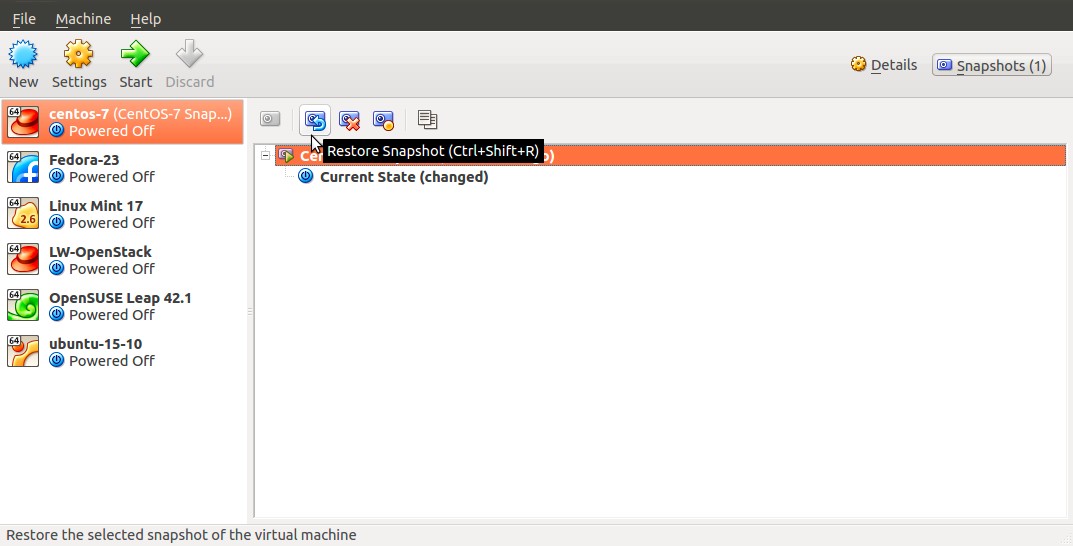

I’ve seen that snapshots can happen while the VM instance is running, but, I guess you can call me a little bit more old school, a little bit more on the cautious side when it comes to these sorts of things. The first thing we need to do is actually power off your virtual machine instance. Step 1 – Create a snapshot of your VM disk(s) In the example I go into below, my use case was to create a copy of a server from a production environment (VNET and subscription) and move it to different and separate non-production environment (separate VNET and subscription). If you’re wanting to do this to create copies of your VM instances, to scale out your workload, remember to generalise or sysprep your VM instance prior to Step 1. Again, this is skewed towards managed disk usage, but, can easily be extended to be used with unmanaged disks as well. I’ve gone through this recently and updated it so that it’s as streamlined, for me, as possible.


The key bit of information though is as follows: Yes, it's a great feature that makes the management of VM disks simpler. Microsoft will be pushing you to you Managed Disks more and more. Sidebar – standard managed disk warningīefore I go on though, I wanted to issue a quick warning about the differences between standard unmanaged and managed disks.

There are probably multiple ways to do this, both right and wrong, but, here’s a process that I’ve been using for a while that I’ve recently tweaked to take advantage of new Azure Managed Disks.


 0 kommentar(er)
0 kommentar(er)
